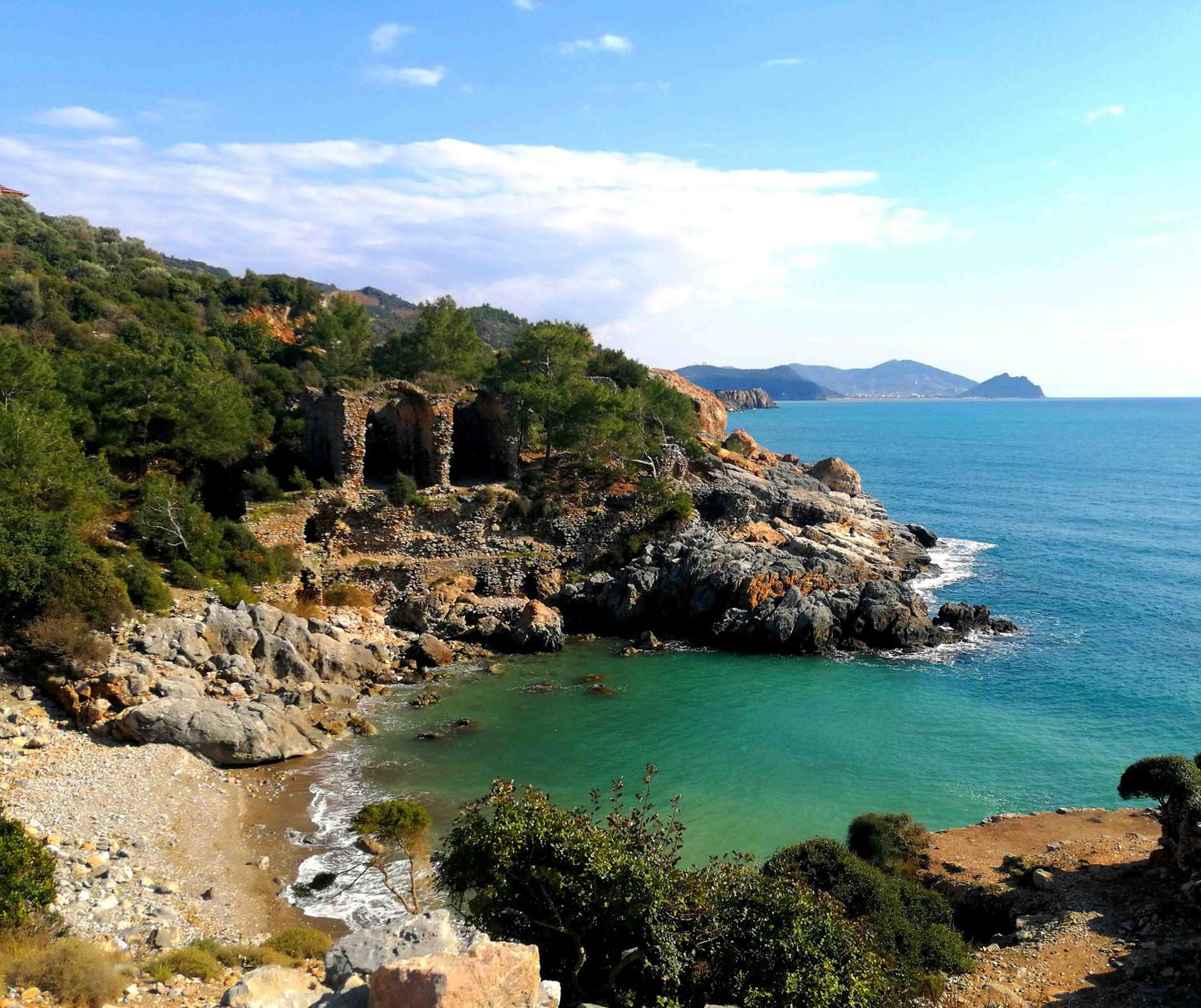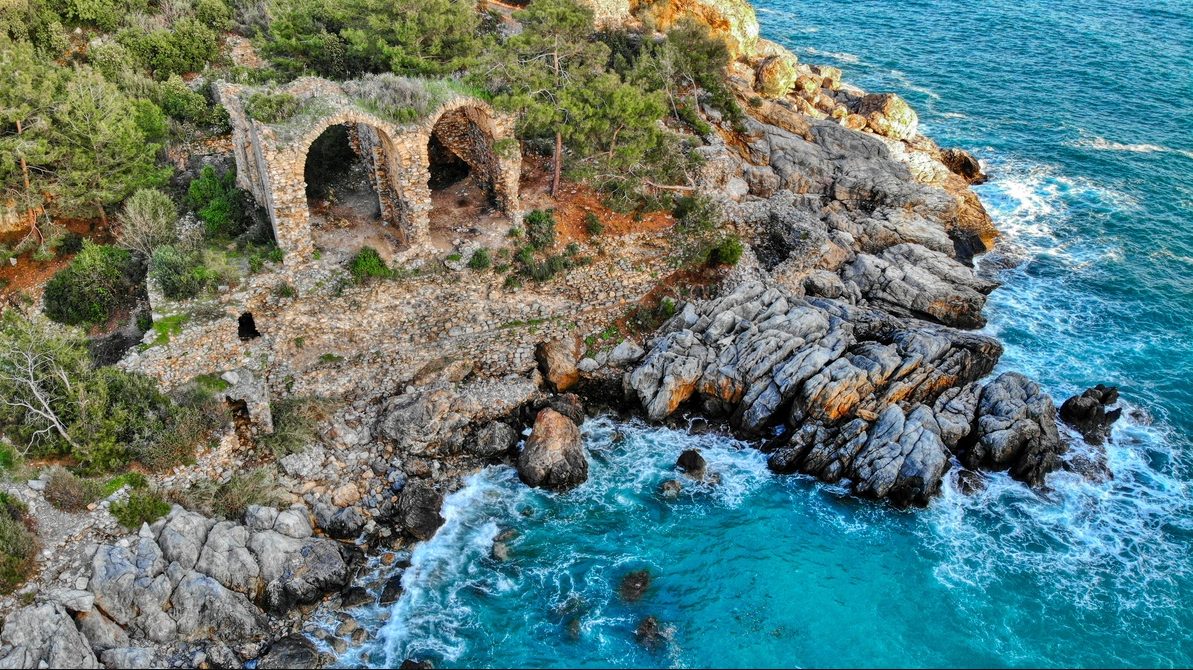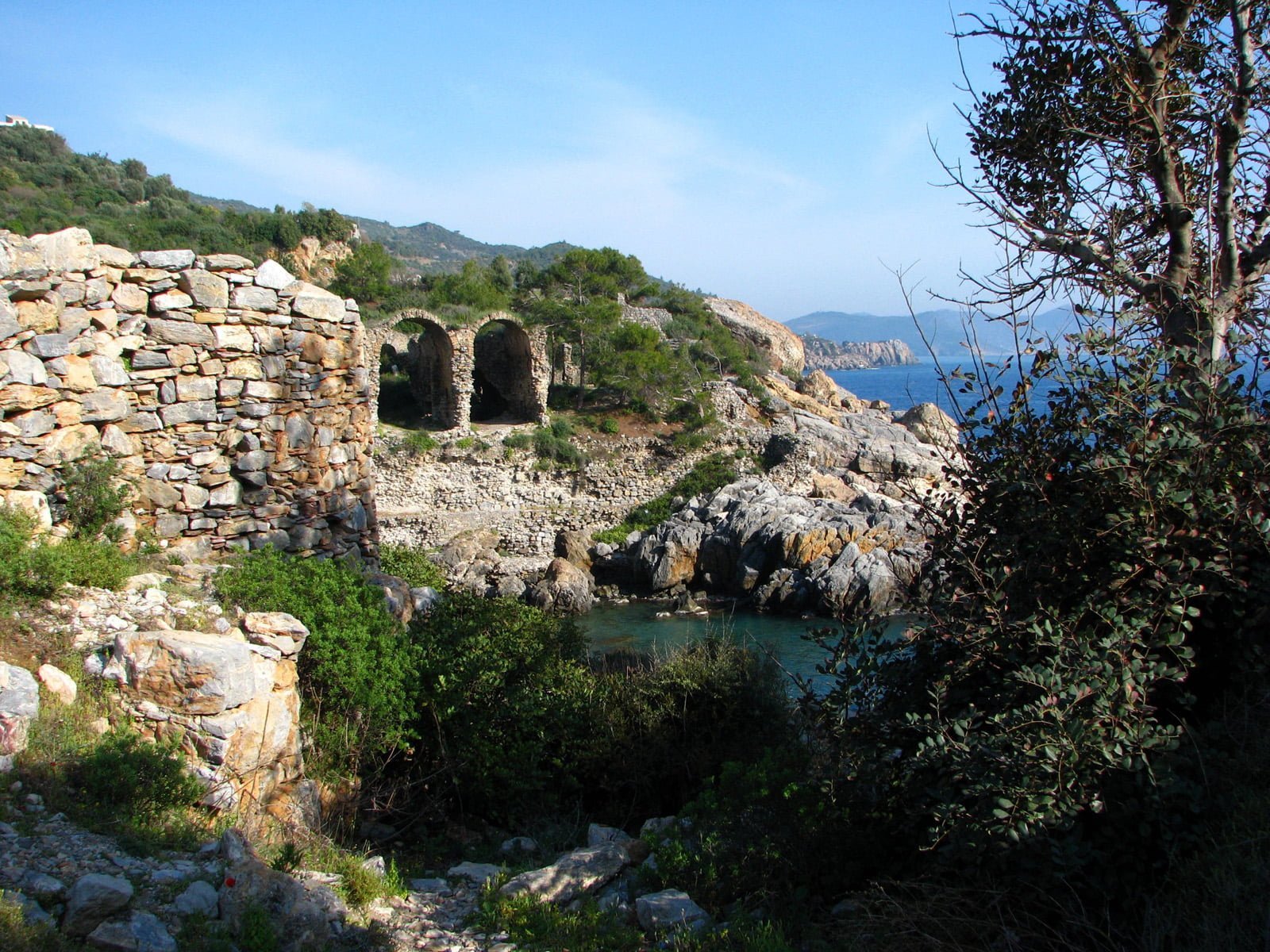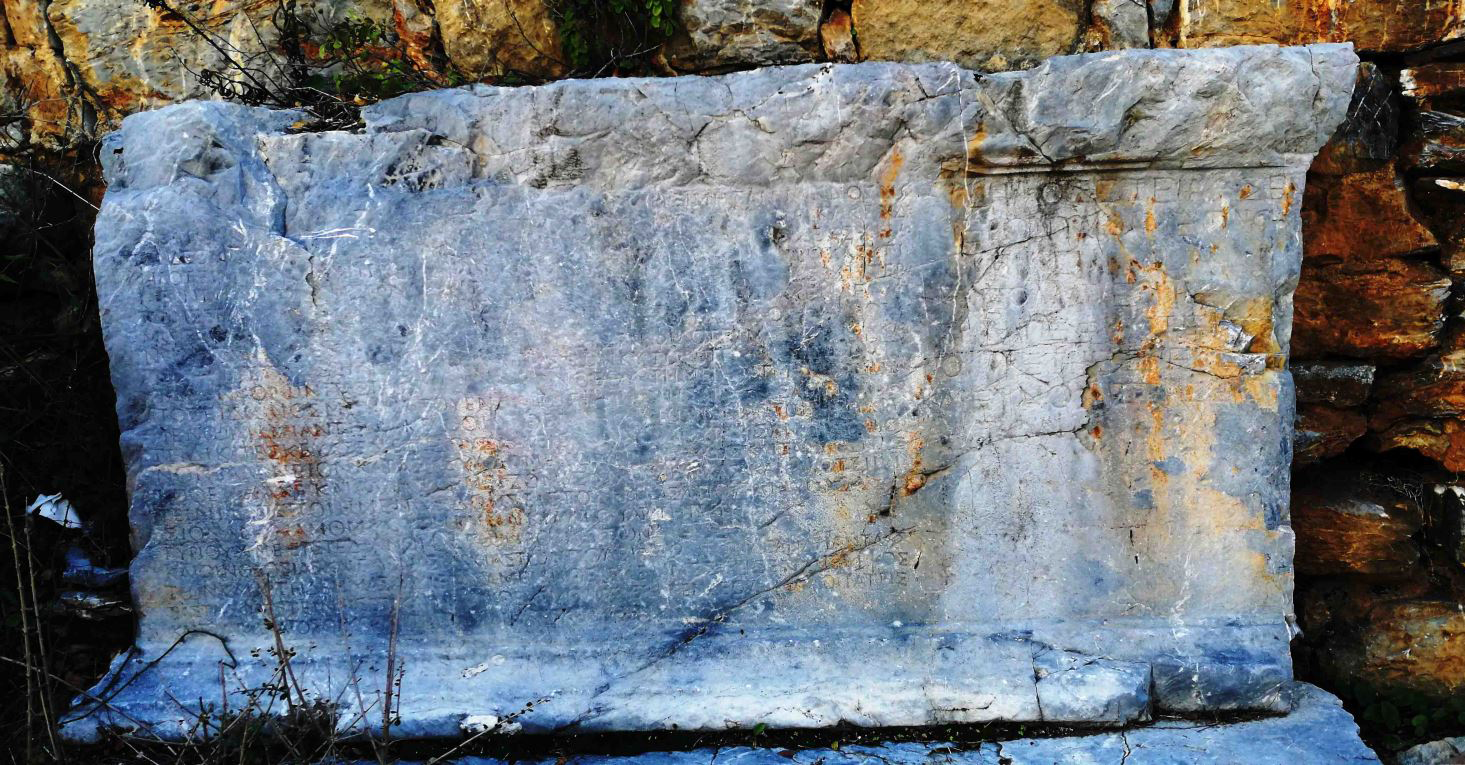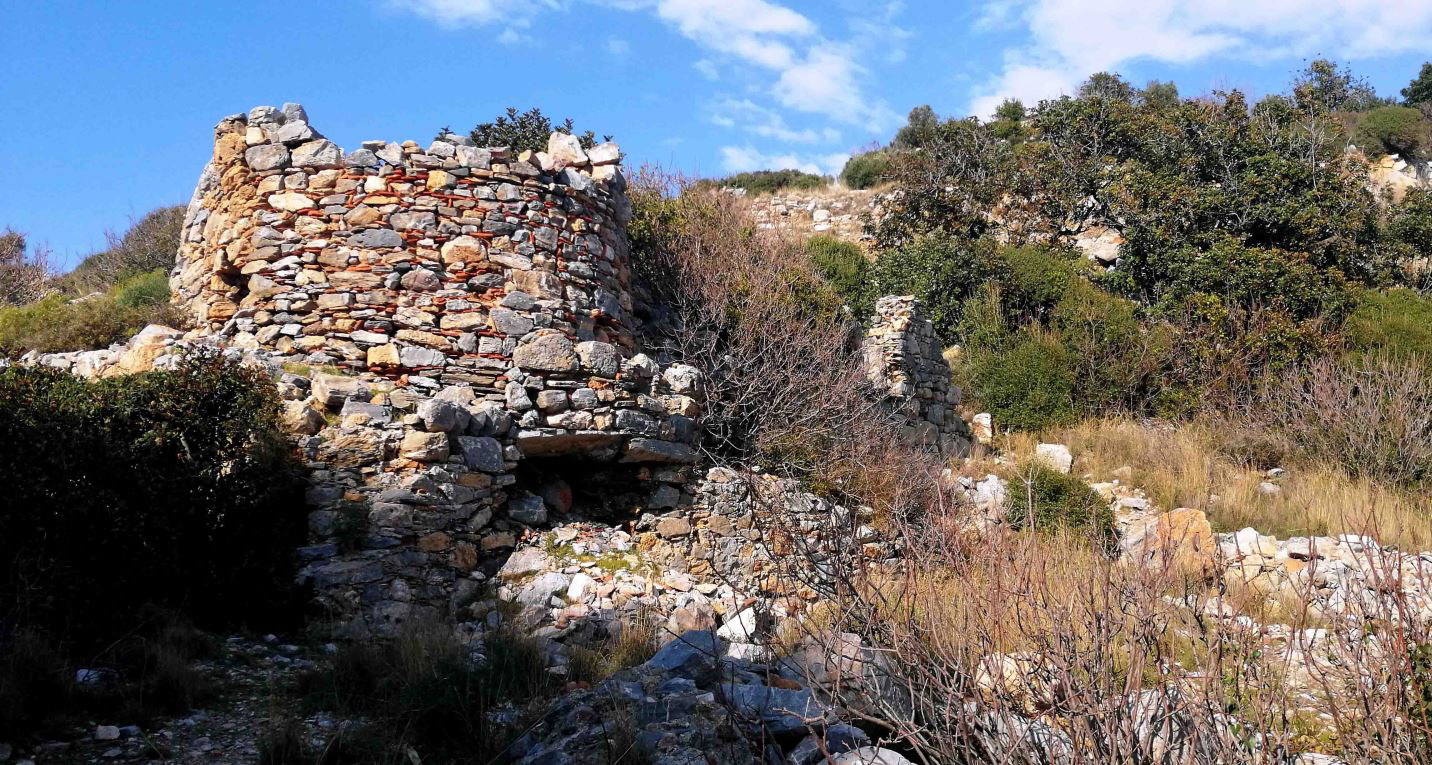- Landscapes
- Not Wheelchair Accessible
- No Food and Beverage
- No WC
- Free Entrance
Ancient Pirates Once Ruled the Eastern Mediterranean here in Alanya
The Legendary Pirate Harbor of Mediterranean Turkey
Nestled between pristine turquoise bays just 33 kilometers from Alanya, Iotape Ancient City stands as one of Turkey's most fascinating archaeological treasures. Founded in 52 CE by King Antiochus IV of Commagene and named after his beloved sister-wife Queen Julia Iotapa, this legendary settlement offers visitors a unique combination of Roman ruins, Byzantine heritage, and breathtaking Mediterranean coastal beauty.
Known locally as "Aytap" and famously called the "pirate city," Iotape provides an extraordinary window into ancient Mediterranean life where legitimate royal settlement coexisted with notorious pirate activities. The strategic location between two natural harbors made it both a thriving commercial center and an ideal refuge for Mediterranean pirates who once terrorized ancient shipping routes.
Today, Iotape represents one of the most accessible ancient cities near Alanya, offering visitors the rare opportunity to swim in crystal-clear Mediterranean waters while exploring 2,000-year-old Roman ruins scattered along the scenic coastline.
King Antiochus IV and the Birth of IotapeIotape's remarkable history begins with one of antiquity's most fascinating royal figures, King Antiochus IV of Commagene, who ruled from 38-72 CE. This Armenian, Greek, and Median descended monarch received the region of Rough Cilicia as a gift from Roman Emperor Caligula, who maintained friendly relations with the Commagene dynasty.
The city was founded as a tribute to Queen Julia Iotapa, Antiochus IV's sister-wife who served as Queen of Commagene from 38-52 CE. This naming convention reflected the royal custom of sibling marriages common among Hellenistic dynasties, where such unions strengthened political alliances and preserved royal bloodlines.
Archaeological evidence suggests that before Antiochus IV's settlement, the area remained sparsely inhabited, making Iotape a genuine royal foundation rather than expansion of an existing community.
Roman Integration and Economic Prosperity
When Roman Emperor Vespasian annexed the Kingdom of Commagene in 72 CE, Iotape seamlessly integrated into the Roman provincial system while maintaining significant autonomy. From the reign of Trajan (98-117 CE) until Valerian (253-260 CE), the city operated its own mint, producing coins featuring imperial busts on one side and depictions of Apollo, Tyche, or Perseus on the reverse.
This monetary independence demonstrates Iotape's economic importance within the Roman Mediterranean world, serving as a crucial link between inland Anatolian trade routes and maritime commercial networks that connected the eastern Mediterranean with Rome's expanding territories.
Archaeological Marvels and Coastal Beauty
Acropolis and Defensive Architecture
The most impressive feature of ancient Iotape is its acropolis, dramatically positioned on a high promontory extending into the Mediterranean Sea. Massive defensive walls surrounded the acropolis, creating the appearance of a huge castle that dominated the surrounding coastline, providing both protection from seaborne attacks and commanding views over approaching vessels.
The strategic design of these fortifications reflects the dual nature of Iotape's inhabitants, who needed protection from both legitimate military threats and rival pirate groups operating throughout the region during antiquity.
Roman Urban Infrastructure
Iotape's Roman-era development includes sophisticated urban amenities that demonstrate the city's prosperity and cultural sophistication. The ancient city center features well-preserved Roman baths with intact sewage systems, demonstrating advanced hydraulic engineering that enabled comfortable urban living in this coastal environment.
The necropolis area contains fascinating burial architecture, including monumental tombs and smaller structures covered with barrel vaults that provide insights into ancient funeral practices and social hierarchies within this multicultural community.
Harbor Facilities and Maritime Infrastructure
The twin bays that bracket Iotape created ideal natural harbor conditions that attracted both legitimate merchants and pirate vessels throughout antiquity. Archaeological remains include statue bases that once adorned the harbor road, with surviving inscriptions commemorating famous athletes and notable citizens, demonstrating the civic pride and cultural achievements of ancient Iotape's residents.
These harbor installations enabled Iotape to serve as a crucial stopping point along Mediterranean trade routes while providing secure anchorage for vessels seeking shelter from storms or hostile forces.
The Pirate Legacy and Modern Challenges
Pirates of the Mediterranean
Iotape gained notoriety as a "pirate city" where pirates who lived in the area attacked ships throughout the Mediterranean, taking advantage of the secluded bays and defensive positions that made the settlement nearly impregnable to pursuing authorities. The same geographical features that attracted King Antiochus IV also made Iotape an ideal base for maritime raiders.
This pirate heritage adds a romantic and adventurous dimension to Iotape's historical narrative, where visitors can imagine ancient vessels laden with treasure seeking refuge in the same pristine bays that provide swimming opportunities today.
Conservation Concerns and Tourism Potential
Unfortunately, Iotape has suffered damage from treasure hunters who have dug random pits throughout the site, while inadequate protection has allowed vandalism and environmental degradation to affect these irreplaceable archaeological remains.
Despite these challenges, tourism experts recognize Iotape's enormous potential for cultural tourism, particularly given its combination of historical significance and natural beauty that appeals to both history enthusiasts and nature lovers seeking authentic Mediterranean experiences.
Access and Practical Information
Iotape is easily accessible via the old coastal road between Alanya and Gazipaşa, though visitors should watch carefully for the site as it's not prominently marked. The ancient city is bisected by the modern road, requiring exploration on both inland and seaward sides to fully appreciate the archaeological remains.
The site offers free access and provides excellent opportunities for photography, swimming, and historical exploration. Visitors should bring water, sun protection, and sturdy shoes for navigating the uneven terrain around the ancient ruins.
Combining History with Natural Beauty
Iotape provides the unique opportunity to combine archaeological exploration with Mediterranean leisure activities. The pristine bays offer excellent swimming conditions, while the ruins provide fascinating glimpses into ancient urban planning and defensive architecture.
The combination of Roman baths, harbor installations, defensive walls, and necropolis areas creates a comprehensive picture of ancient Mediterranean city life that few archaeological sites can match.
Ready to explore Turkey's most dramatic pirate city? Plan your Alanya coastal adventure and discover why Iotape offers an unforgettable combination of ancient history and pristine Mediterranean beaches that makes it one of the region's most rewarding archaeological destinations.
There are no comments for this page yet.
